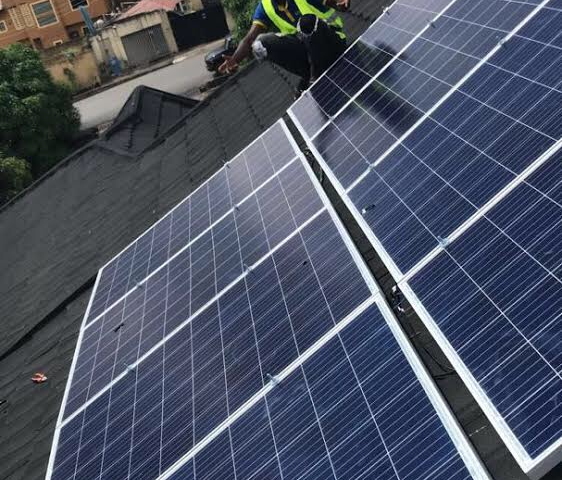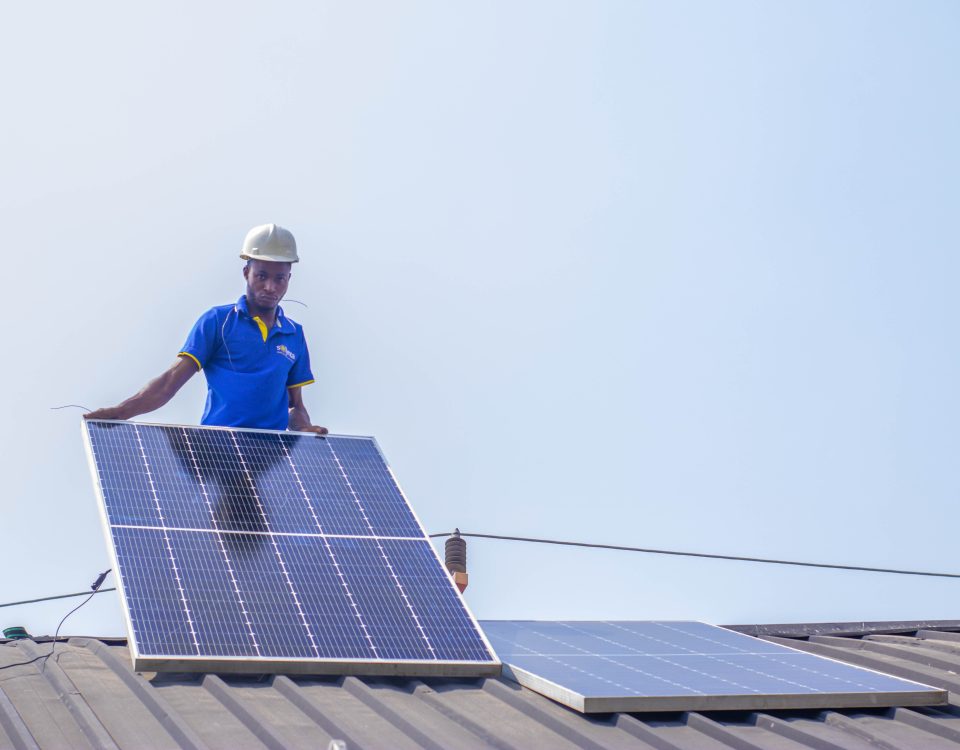Brief History of Solar Energy

Nigeria’s Renewable Energy Growth: Policies and Potential
2021-08-06
How Our Smart Solar Inverter works
2021-08-15The solar industry has come a long way over the years. The question of how solar cells and energy generation through it has become so popular is one often asked. In this article, we would be giving a brief history of the solar industry.
Thank you for reading this post, don't forget to subscribe!The invention of the solar cell set a positive change in motion for energy production. This change would iterate over hundreds of years in the hands of various physicists and engineers.
Solar energy for power for energy generation is not a new concept and has been used for centuries. Numerous experts have useddated the utilization of solar powerto as far back in history as the 7th century B.C. In its most primitive state, energy from the sun has been revered and put to use almost as long as man has walked the earth.The earliest uses of solar power included focusing the sun’s energy through a magnifying glass to start fires for cooking. By the 3rd century B.C., Greeks and Romans bounced sunlight off of “burning mirrors” to light sacred torches for religious ceremonies. The use of Sunrooms were also popular in ancient times. They were used to capture solar energy for its natural warmth. These usually south-facing rooms have captured and concentrated sunlight from the famous Roman bathhouses to Native American adobes, and are still popular today in many modern homes.
In 1839, French physicist Edmond Becquerel discovered the photovoltaic effect while experimenting with a cell made of metal electrodes in a conducting solution. He noted that the cell produced more electricity when it was exposed to light.
Later in 1873, Willoughby Smith discovered that selenium could function as a photoconductor. Just three years later, in 1876 William Grylls Adams and Richard Evans Day applied the photovoltaic principle discovered by Becquerel to selenium. They recorded that it could, in fact, generate electricity when exposed to light. In 1905, Einstein published a paper on the photoelectric effect and how light carries energy. This generated more attention and acceptance for solar power on a broader scale. The big leap toward the solar cells like the ones used in panels today came from the work of Bell Labs in 1954. Three scientists there, Daryl Chapin, Calvin Fuller, and Gerald Pearson, created a more practical solar cell using silicon.
Information about Nigeria’s solar energy technology, capacity and projects is growing. Previously, information on solar integration within the country was quite difficult to assess. Today, Solar thermal power plants are developing on the global scene with some countries investing in the technology due to it benefits.
Until recently, solar technology and scientific projects in Nigeria was mostly low-energy capacities. They included solar refrigerators, street lghtining, solar-powered water pumps and solar-powered chargers for various devices. According to a 2015 report, over 100 streets in Abuja (Nigeria federal capital city) are being powered by solar streetlighting systems. Also, there are about 58 solar projects supported by the Energy Commission of Nigeria (ECN) 50 of which target rural Electrification. Remotr communities are currently enjoying solar electrification in Zamfara, Nigeria. The Rural Electrification Agency (REA) was established in 2005 to coordinate rural electrification (maintaning and harvesting rural renewables).
With these efforts and the springing up of solar companies in the nation, the power gap which has been a major concern for Nigerians is being filled and some Nigerians are now reliant on solar power.
Would you like to enjoy constant green electricity while making a positive impact on the environment? Call us on 0909 894 4695 to begin your solar journey today.




